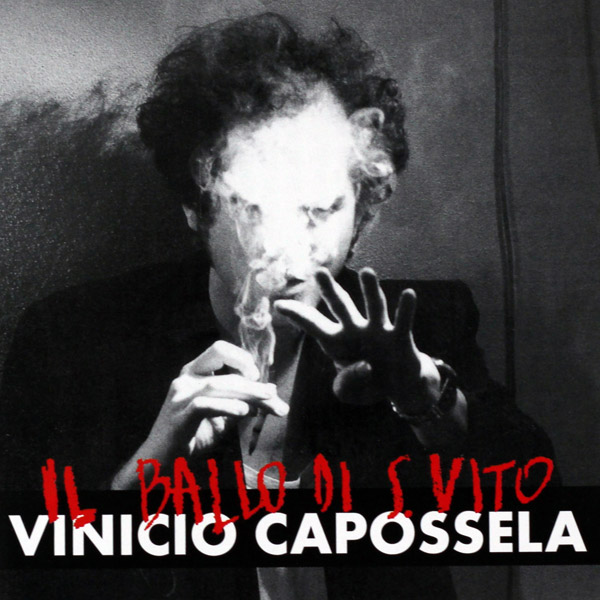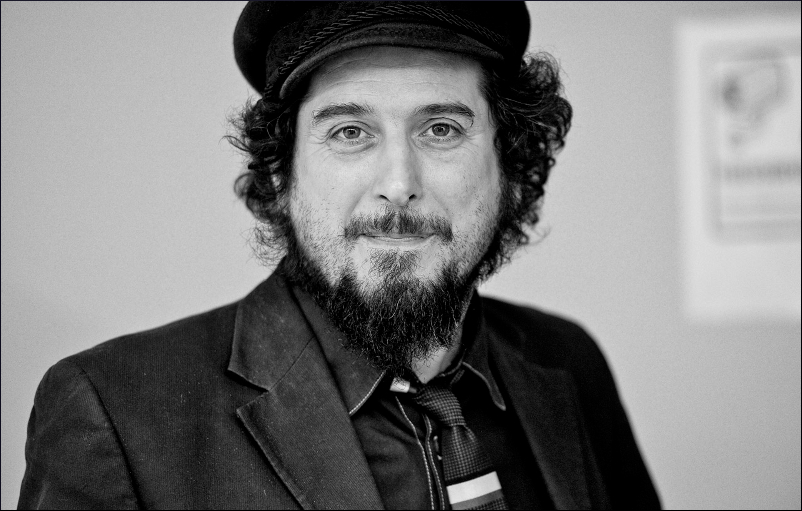
- Il ballo di San Vito
- Released in: 1996
“Il ballo di San Vito” is a song by popular songwriter Vinicio Capossela. Tarantella a typical dance from southern regions such as Puglia, Calabria, Basilicata, Campania, and Sicilia.

“Il ballo di San Vito” is a song by popular songwriter Vinicio Capossela. Tarantella a typical dance from southern regions such as Puglia, Calabria, Basilicata, Campania, and Sicilia.
“Il ballo di San Vito” is a song by popular songwriter Vinicio Capossela, inspired by the traditional Italian tarantella. This is a typical dance from southern regions such as Puglia, Calabria, Basilicata, Campania, and Sicilia. “Il ballo di San Vito” is actually an old name for Sydenham’s chorea (or dancing mania). The affected undergo significant behavioral changes, with disjointed movements and dysarthria, so that it seems like they are engaging in a crazy tribal dance, a “ballo.” But why “di San Vito”? Legend says that Saint Vitus was the first one to cure someone with epilepsy, and today he is the patron saint of epileptics, dancers, actors, and, of course, those afflicted with Sydenham’s chorea.
Some expressions of the tarantella were called "Il ballo di San Vito," or rather, "Il ballo di San Vito" was a kind of tarantella. Today, the tarantella is known as an obsessive, impulsive, primitive dance against evil (on a symbolic level). Having spread throughout the South, it used to be a pagan alternative to medical and religious knowledge. It derives its name from the bite of a tarantula, which in turn, derives its name from Taranto, a city in the Puglia region. Its bite provokes fever and epileptic-like movements, and as we all know, superstition was stronger than science in the past. So, people exhibiting these incomprehensible behaviors were thought to be possessed by the Devil, since there was a lack of rational, scientific, or religious explanations for these phenomena.
The lyrics read, “Il cerusico ci ha gli occhi ribaltati / il curato non se ne cura / il ragioniere non ragiona / Santo Paolo non perdona.” “Cerusico” is an old name for “chirurgo” or “surgeon.” He has “occhi ribaltati,” or “eyes reversed,” which is a comic expression meaning that he cannot describe the dance/disease. Meanwhile, “il curato” (the priest) “non se ne cura” (doesn’t care), and “Santo Paolo,” the protector of the “tarantulated,” does not “give grace,” so the dance must go on furiously.

Capossella gives an appropriately “tarantulated” description of the evolving pagan ritual, with a tense guitar and beating drums. He depicts a highly symbolic milieu, mixing the pagan and the religious, the sacred and the profane (as millenary stories always do). There is an evocative tribal circle with flames, there is meat to eat, there are crazy rhythms, and elements such as voodoo and “chiesa fiammeggiante” (church on fire). Within the circle, the characters do the “danza delle spade” as if they were possessed, a kind of tarantella in which men mime a swordfight. The reason for the obsessed dance is given in the chorus: “Scaccia scaccia satanasso, scaccia il diavolo che ti passa, scaccia il male che ci ho dentro e non sto fermo.” “Satanasso” is a dialectal inflection of “Satana,” or “Satan.” As pagan tradition dictates, the “tarantulated” must go on moving like crazy to “scaccia,” or “dislodge,” the “satanasso.”
This song is a tribute to the tarantella and to all cultures of the South. It came out in 1996, during a period in which the tarantella and other traditional customs came to the surface and spread all over Italy because of their fascinatingly primitive rhythms and dances. Still today, adventurers may find, especially during summer, many festivals in the South dedicated to this phenomenon.